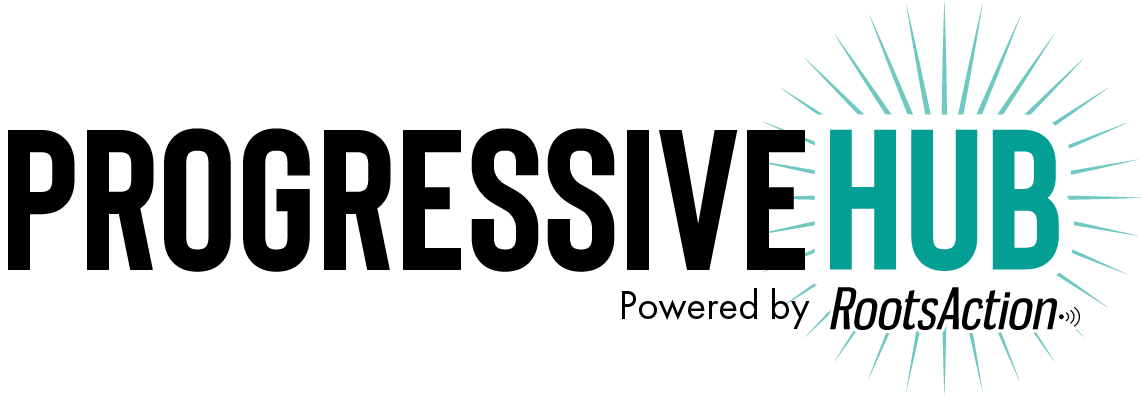The new administration is encouraging state experiments in lean and punitive social policy.
By Colin Gordon, Dissent
It is unclear how the full policy agenda of the new presidential administration—combining both petty vindictiveness and the conservative fever dreams of Project 2025—will unfold. But three weeks of nakedly authoritarian executive orders, broadsides against the civil service, and Elon Musk and his minions ransacking federal agencies and their payment systems is less than encouraging. Congressional budget hawks, meanwhile, are promising permanent tax cuts and deep programmatic and budget cuts to pay for them.
At the state level, activists and progressive legislators will try to sustain progress made in the last four years and protect us from the worst of Trump 2.0, especially on labor, environmental, and immigration policy. At the same time, red state governors and legislators are parroting Trump’s every move, promising to slash spending, and looking to tear down federal standards or guardrails that get in their way.

Consider social policy. In some respects, there is not much more damage that a second Trump administration can do. By design and by neglect, federal policy has already ceded program eligibility and benefit determinations to states and local control. Some social assistance programs still show their Jim Crow roots, with their reach and generosity stunted by deference to state and local labor markets. That fragmentation was an effect of the “end of welfare as we know it” in 1996.
As a result, rates and levels of coverage are dismal: Temporary Assistance for Needy Families (TANF) reaches just 13 percent of poor families in the median state, with an annual benefit of just over $5,000; unemployment insurance (UI) reaches just one in three of unemployed people at the median, with an annual benefit just under $5,000. No less troubling is the yawning variation across the states: in the bottom five, only 4 percent of poor families receive TANF, with an annual stipend of only $2,400, while one in five unemployed workers collects UI, at an annual benefit of barely $3,000.
Recent Posts
Utah Leaders Are Hindering Efforts To Develop Solar Despite A Goal To Double The State’s Energy Supply
December 12, 2025
Take Action Now Utah Governor Spencer Cox signed bills that will make it more difficult and expensive to develop and produce solar energy, ending tax…
Report of the Independent Democratic Task Force on U.S. Policy Toward Israel
December 12, 2025
Take Action Now For release in connection with the winter meeting of the Democratic National Committee convening on December 11, 2025 in Los Angeles……
U.S. Realizes It Can Seize Boats After All
December 11, 2025
Take Action Now After months of extrajudicial killings in the waters off Venezuela, the Trump administration opted instead to capture an oil tanker.……
Wrong voters, wrong message: progressives’ autopsy lays bare Kamala Harris failures
December 10, 2025
Take Action Now RootsAction report finds Harris courted moderates instead of working-class Democrats – and Gaza stance did not helpBy David Smith,…




